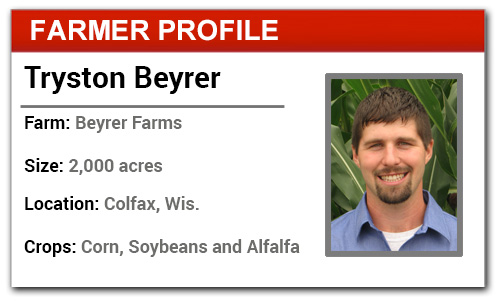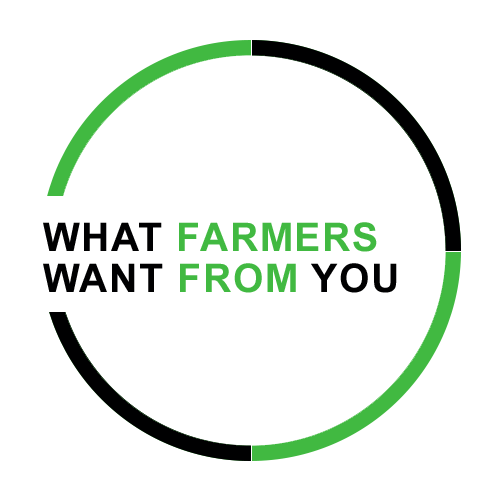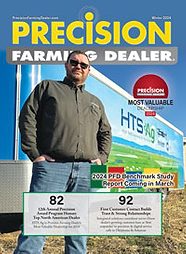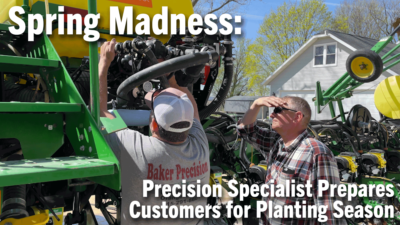
Tryston Beyrer works with his father, Bill, and brother, Jeco, on their 2,000 acre dairy farm near Colfax, Wis. Tryston leads a double life — farming, while also working on his PhD at the University of Illinois, researching innovative ways to band fertilizer for best placement and yield response.
Although his university research is leading edge, Beyrer is the first to admit they have a long way to go on their family farm to leverage precision farming practices on their rolling hills and extremely small field sizes.
“We finally started using precision technology to in 2012 when we traded our planter for a 12-row Kinze model with row shutoffs. The savings in seed from not overplanting the pinch rows helped offset the cost of the precision equipment,” he says.
The Beyrers use an Ag Leader Integra display and a 1500 GPS receiver following a WAAS signal to control their planter and gather harvest data. They utilize multiple brands of equipment on their operation, including a Case IH combine and Case IH and White tractors. Tryston says the Ag Leader equipment allowed them to work across brands more efficiently, rather than being tied to one system, and they relied on their precision dealer to help them install the equipment.
“We’re still new to this technology, so our dealer was helpful in getting everything calibrated,” Tryston says. “They are also helpful with post-season support. We found that very important because we sometimes need help to refresh our memory on how to do things. Every year, we learn more.”
Point of Pain: Spotty Signals in Small Fields
While Tryston’s research training pushes him to control all variables to identify crop response to fertilizer placement, it’s not that way on the family farm.
What Farmers Want From You is a series of farmer profiles that examine the scope of precision farming tools individual farmers are using on their operation, along with the frustrations that can occur with adopting new technology and how dealers can alleviate those "points of pain" for farm customers. For the latest additions to the series, visit our What Farmers Want From You feed.
“We have fields that average 17 acres in size, and many of them are very rolling with different soil types,” he says. “We looked at using an RTK signal, but we can’t get a steady signal and even cell phone coverage is spotty.
“A base station doesn’t make sense because our field sizes are so small and the terrain makes line of sight difficult.”
In addition, the small field size prevents the Beyrers from leveraging soil sample results to adjust fertility rates. “Our field sizes are so small for the most part we usually order our fertilizer by the field and apply a single rate,” Tryston says. “The custom applicators around here aren’t totally set up to variable-rate apply fertilizer, so we can’t take advantage of that technology even if we would like to use it.”
Going into their third year of precision farming equipment use, Tryston says he’s getting plenty of data to manipulate. But with that accumulation of data comes the challenge of putting it all together to mean something.
“Data organization is important, but my dad can’t do it with his primary responsibility to the dairy herd,” he says. “I’d really like to see one platform that allows us to pull in data from several sources that will help us make better agronomic and financial management decisions.”







Post a comment
Report Abusive Comment